Bacalar Quintina Roo Mexico
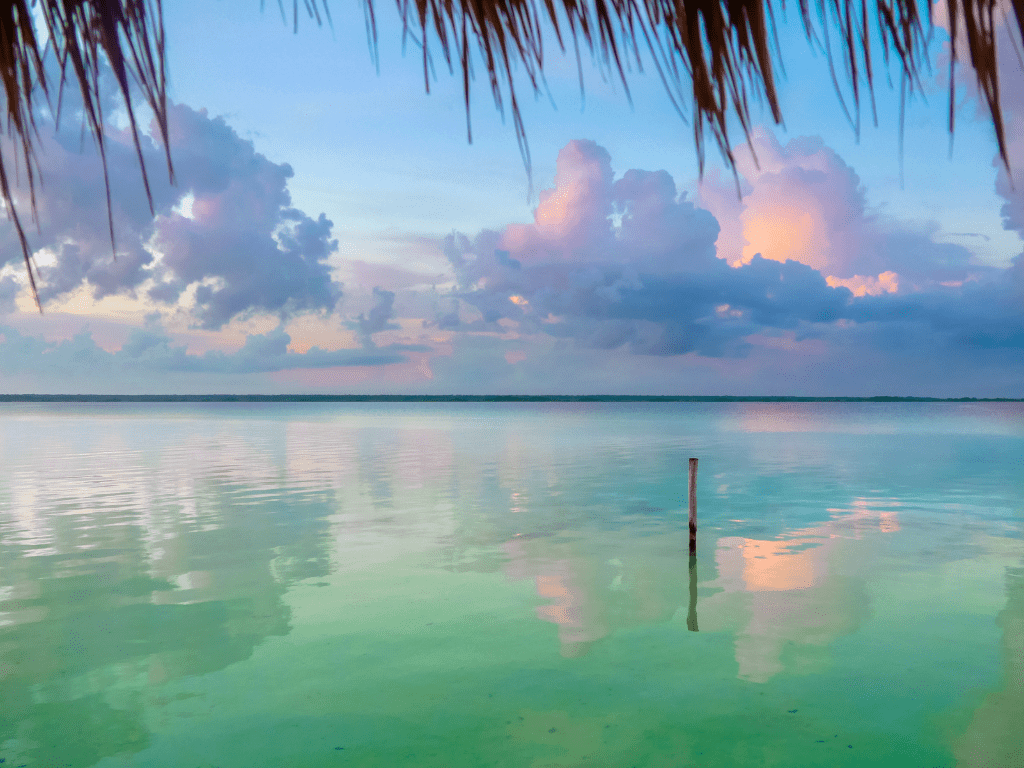
Introduction
The Hidden Gem of Quintana Roo – A Journey into the Lagoon of Seven Colors
Located in the southern part of the Mexican state of Quintana Roo, Bacalar is a town rich in history and natural beauty. Its name means “surrounded by reeds” in Mayan language, and it is easy to see how appropriate that name is when you witness the vast lagoon that stretches out before you upon arrival.
Bacalar is a relatively small town with a population of around 11,000 people, but it packs a big punch when it comes to tourism. While not as well-known as other destinations like Cancun or Tulum, Bacalar has been gaining popularity among travelers looking for an authentic Mexican experience.
The importance of history and natural beauty in Bacalar
One of the main draws of Bacalar is its rich history. The area was home to several Mayan settlements dating back to 2000 BC, and there are still ruins and artifacts scattered throughout the region that offer insight into this ancient civilization.
Bacalar also played a significant role during the Spanish colonial period. The town was founded in 1544 as a stop along the trade route between Honduras and Cuba.
The Spanish influence can still be seen today in the architecture and culture of the town. But perhaps what makes Bacalar truly special is its natural beauty.
The main attraction here is undoubtedly the Lagoon of Seven Colors, which gets its name from the various hues that can be seen depending on water depth and sunlight angle. This crystal-clear lagoon stretches for over 40km and offers visitors opportunities for water-based activities such as kayaking, swimming or simply lounging on one of its many pristine beaches.
Aside from the lagoon itself, there are plenty more natural attractions around Bacalar to explore such as cenotes (natural sinkholes), waterfalls or mangroves. Wildlife lovers can also rejoice as the area is home to a wide variety of birds, reptiles and fish.
In short, Bacalar is a town that has something for everyone: rich history, natural beauty and plenty of activities to keep visitors entertained. Let’s delve deeper into each aspect of this small Mexican gem.
History of Bacalar

Ancient Mayan Ruins and Settlements in the Area
Bacalar is located in the state of Quintana Roo, Mexico, and was once home to the ancient Mayan civilization. The area surrounding Bacalar was home to numerous Mayan settlements, including one that dates back to 2000 BCE.
Some of the most notable ruins in the area include Chacchoben, Dzibanche, and Kinichna. Chacchoben is an ancient Mayan city that was once a major trading center for goods such as honey, cotton, tobacco, and cacao.
Today visitors can explore the well-preserved pyramids and temples that were once used for worship. Dzibanche is another noteworthy site which has only recently been opened to visitors.
It features a large complex of temples and structures built between 300-900 CE. Visitors can climb to the top of structures like “El Templo de los Linterna,” which offers stunning views of the jungle.
Kinichna is another important Mayan site near Bacalar which dates back to 200 BCE. This site includes several well-preserved temples as well as a ball court where ancient ball games were played.
Spanish Colonization and Influence on Town’s Architecture and Culture
In 1545 Spanish conquistadors arrived in Bacalar led by Francisco de Montejo y León. The town became an important port for trade with other Caribbean countries due to its strategic location on the Bay of Chetumal. During this time Spanish influence began to shape the architecture and culture of Bacalar.
Many buildings from this era still stand today including Fort San Felipe which was built in 1729 after several pirate attacks on the town. The fortification included a drawbridge over a moat filled with crocodiles.
The town’s central plaza also reflects Spanish influence and features a large stone cross in the center. The nearby church of San Joaquín was built in the 18th century and features a beautiful baroque facade.
Role in the Caste War of Yucatan
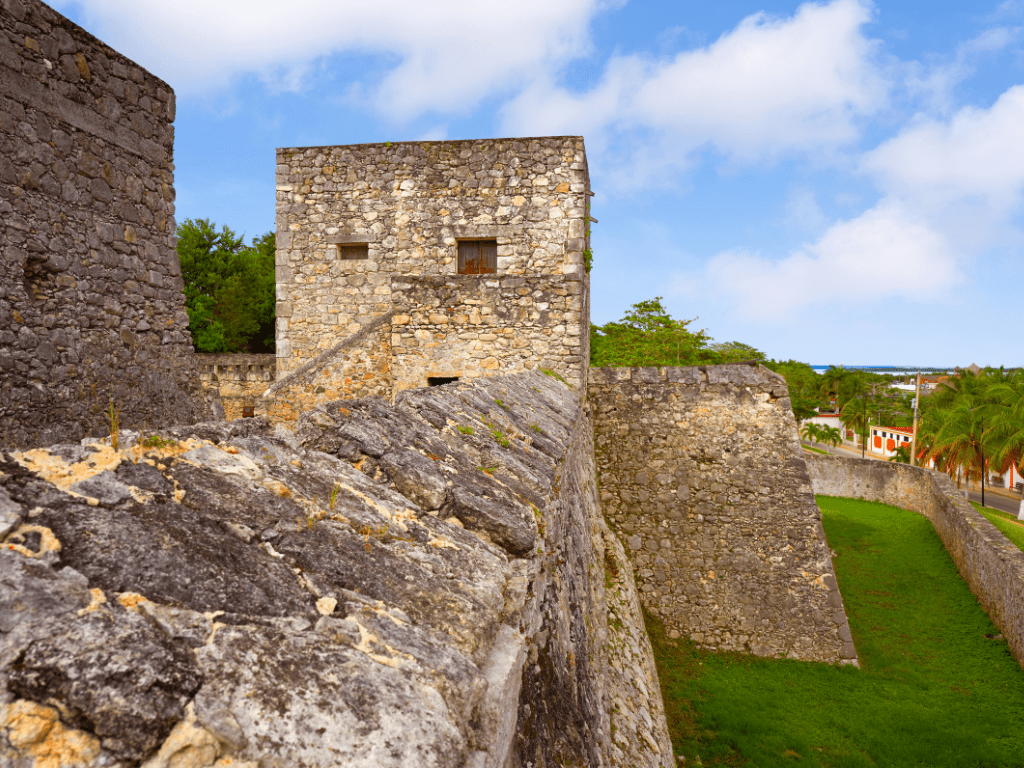
The Caste War of Yucatan was fought between 1847 and 1901 by Mayan rebels against European descendants living in Mexico. The conflict began as a result of discrimination against indigenous people and evolved into a full-scale uprising.
Bacalar played an important role during this time as it was used as a stronghold by Mayan rebels. In 1850, General Santiago Imán led an attack on the town but was ultimately unsuccessful due to its well-defended fortifications.
After several years of fighting, the rebellion was finally subdued by Mexican government forces in 1901. Despite their defeat, the Caste War remains an important chapter in Mayan history and is still celebrated today through festivals and ceremonies.
The Natural Beauty of Bacalar
Bacalar is a paradise for nature lovers, as it offers an abundance of natural beauty that is truly unique to this part of the world. The town’s main attraction is the Lagoon of Seven Colors. As its name suggests, the lagoon boasts a spectrum of colors that change throughout the day, ranging from emerald green to turquoise blue.
The colors are caused by the varying depths of the water and the reflection of sunlight on microscopic organisms living in the lagoon. Apart from the lagoon, Bacalar has other natural attractions that are definitely worth exploring.
One such attraction is cenotes, which are natural sinkholes filled with crystal-clear water. Cenotes were considered sacred by ancient Mayans and were used for both ceremonial purposes and as sources of fresh water.
Today, visitors can swim or snorkel in these breathtaking formations and witness their stunning underwater landscapes. In addition to cenotes, Bacalar has several waterfalls dotted around the surrounding area that offer a refreshing escape from the tropical heat.
The most popular waterfall among tourists is probably San Felipe Falls, which can be reached via a short hike through lush jungle vegetation. Another unique feature of Bacalar’s ecosystem is its mangroves.
These trees grow in saltwater environments and act as nurseries for many types of marine life. Mangrove forests also help protect coastlines from erosion and storm surges caused by hurricanes.
Bacalar’s rich wildlife offers visitors an opportunity to observe various species in their natural habitats. The lagoon is home to dozens of fish species including tilapia and mojarra while crocodiles bask on its shorelines sunbathing throughout most days year-round.
Additionally, birds such as herons and ibis often fly over or rest on tree branches located on islands within or near Lake Bacalar. Overall, Bacalar’s natural beauty is truly awe-inspiring and makes for an unforgettable experience for visitors looking to explore the town’s ecosystem and its diverse wildlife.
Activities in Bacalar

Exploring the Lagoon
One of the most popular activities in Bacalar is exploring the lagoon. Visitors can rent kayaks, paddleboards, or take a boat tour to discover the natural beauty of this unique body of water. The lagoon is known as the Lagoon of Seven Colors due to its different shades that range from turquoise to deep blue.
The colors are caused by a combination of different depths, sandbars and sunlight which create an ever-changing landscape. Boat tours are available for visitors who prefer to relax and enjoy the stunning scenery without having to paddle or row themselves.
Some tours even include stops at nearby natural attractions such as cenotes and waterfalls. For those looking for a more adventurous experience, there are guided tours that allow visitors to jump off boats into deep areas of the lagoon.
Hiking Trails
Bacalar has numerous hiking trails that lead visitors through lush jungles and hidden gems in nature. One popular hike takes visitors on a path leading up to a lookout point where they can enjoy panoramic views of the lagoon and surrounding area.
For travelers who want to experience some history along with their hiking adventure, there are trails that lead hikers through ancient Mayan ruins and settlements in the area. These hikes come with knowledgeable guides who offer insight into Mayan culture and history.
Water Sports
Bacalar’s warm weather makes it an ideal location for water sports enthusiasts. Visitors can try their hand at paddleboarding or kayaking while enjoying panoramic views of the lagoon’s unique colors. Snorkeling is also possible in some areas around Bacalar’s lagoon where crystal-clear waters allow swimmers to see various species of fish, turtles, stingrays, among other wildlife living around.
Cultural Experiences
For visitors seeking a cultural experience in Bacalar, there are plenty of options available. The town has several museums that offer a glimpse into the region’s history and culture.
One such museum is the Museum of Mayan Culture which showcases ancient artifacts and exhibits detailing Mayan traditions and customs. Additionally, visitors can immerse themselves in local festivals such as Carnival or the Day of the Dead celebrations where they can witness traditional dances, music performances, and enjoy delicious street food.
Local Cuisine
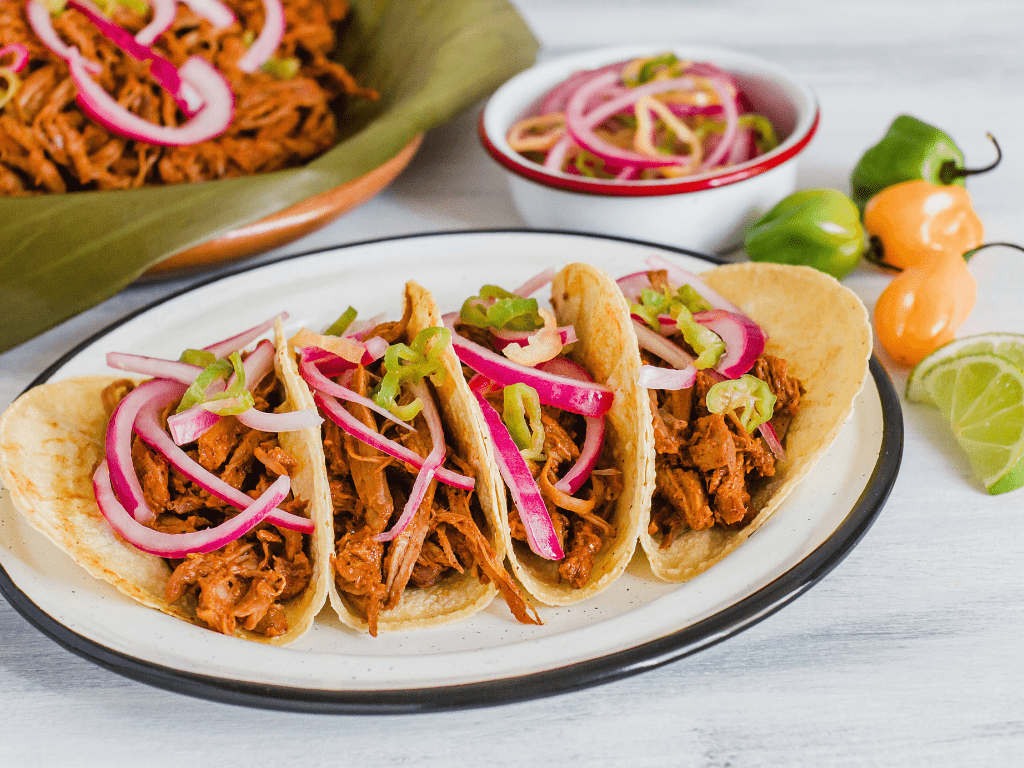
Visitors to Bacalar should not miss the opportunity to try some of the local cuisine. Seafood is an essential part of Bacalar’s culinary offerings due to its proximity to the lagoon. Visitors can try dishes such as ceviche or tikin-xic fish cooked with achiote.
For those looking for something sweet, there are unique desserts made with tropical fruits such as papaya or mango. Visitors can indulge in homemade ice cream or refreshing paletas (Mexican popsicles) sold by street vendors throughout town.
Local Cuisine
Overview of Traditional Dishes
Bacalar offers a wide range of traditional dishes that are unique to the region. One of the most popular dishes is cochinita pibil, which is a slow-roasted pork dish that originated in the Yucatan Peninsula.
The pork is marinated in achiote paste, orange juice, and other spices before being wrapped in banana leaves and cooked in an underground pit known as a pib. The result is tender and flavorful meat that can be used in tacos or eaten on its own.
Another popular dish is ceviche, which is made from fresh seafood caught from the lagoon. The raw fish is marinated in lime juice and mixed with chopped tomatoes, onions, cilantro, and avocado.
It’s served with tortilla chips or tostadas and makes for a refreshing meal on a hot day. Other popular dishes include tamales filled with chicken or pork and wrapped in banana leaves; sopa de lima, a soup made with chicken broth, lime juice, vegetables, and tortilla strips; and panuchos, crispy tortillas filled with black beans and topped with shredded chicken or turkey.
Ingredients Used In Local Cuisine
The cuisine of Bacalar incorporates many ingredients that are indigenous to the region. One of the most important ingredients used in local cuisine is seafood from the lagoon. Fish such as snook (known locally as robalo), tilapia (known locally as mojarra), sea bass (known locally as mero), and shrimp are all commonly used.
Other important ingredients include cornmeal (used to make tortillas), habanero peppers (which add heat to many dishes), sour oranges (used for marinades), annatto seeds (used for coloring food), and Xtabentún (a local liqueur made from honey and anise). Many dishes in Bacalar are also influenced by the Mayan culture.
For example, the use of achiote paste (made from annatto seeds) is a Mayan tradition that has been passed down through generations. The Maya also used a variety of herbs and spices in their cooking, such as epazote (a herb used to flavor beans) and chaya (a leafy green vegetable).
Overall, the cuisine of Bacalar is a blend of traditional Mayan flavors with Spanish and Caribbean influences. It’s rich in seafood, spices, and unique ingredients that make it a must-try for anyone visiting the region.
Where to Try Local Cuisine
Bacalar has many restaurants that specialize in local cuisine. One popular spot is La Playita, which offers fresh seafood caught from the lagoon along with traditional dishes like cochinita pibil.
El Manati is another popular restaurant that serves up traditional Mexican fare along with vegetarian options. For those looking for something on-the-go, there are several street food vendors selling tacos and other snacks throughout the town.
Be sure to try some of the local specialties like panuchos or salbutes (another type of crispy tortilla filled with shredded chicken or turkey). Overall, there are plenty of opportunities to try local cuisine while visiting Bacalar – whether you’re looking for a sit-down meal at a restaurant or something quick and easy from a street vendor.
Bringing Local Flavors Home
If you’re interested in trying your hand at cooking some traditional dishes from Bacalar at home, there are several ingredients you can bring back with you as souvenirs. Achiote paste is available in most grocery stores throughout Mexico and can be used to make cochinita pibil or other dishes. Annatto seeds can also be found in Mexican markets or online and can be used to make your own achiote paste.
Other unique ingredients like Xtabentún or local spices can be found in specialty shops or markets throughout the region. By incorporating some of these ingredients into your own cooking, you can bring a taste of Bacalar home with you and share it with friends and family.
Accommodations
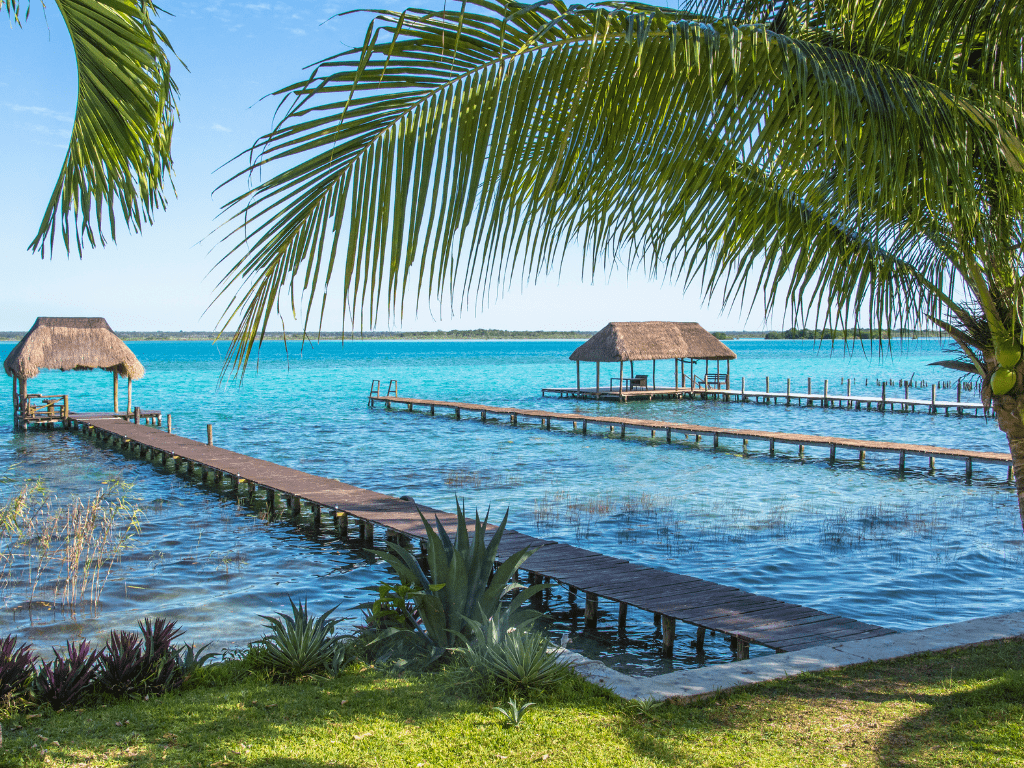
Options for Lodging
Bacalar has a wide variety of options for lodging. From luxury resorts to budget-friendly hostels, there is something for everyone.
The local government has taken measures to ensure that accommodations meet certain standards, so visitors can expect a clean and comfortable stay regardless of their budget. For those seeking a luxurious experience, Bacalar offers several high-end resorts with all the amenities one could desire.
These resorts often feature private beaches, infinity pools overlooking the lagoon, and onsite restaurants offering locally-sourced cuisine. Prices vary by season, but expect to pay upwards of $200 USD per night.
Budget-conscious travelers will be happy to know that there are affordable options in Bacalar as well. Hostels offer dormitory-style accommodations for around $10-15 USD per night.
For those seeking more privacy, private rooms are available in hostels at slightly higher rates. These budget-friendly options are perfect for solo travelers or groups on a tight budget.
Variety of Options for Camping
For adventurous travelers looking to connect with nature, camping is a popular option in Bacalar. There are several campgrounds located along the lagoon and in nearby jungle areas that offer tent sites or RV hookups at reasonable prices.
One popular campground is Rancho Encantado Eco Resort & Spa which offers both tent sites and cabins nestled in the jungle. The resort also features an onsite restaurant serving organic food grown on the property and an open-air yoga platform overlooking the forest.
Another option is Camping y Kayaks Laguna Azul which offers tent sites directly on the lagoon with kayaks available for rent on site. Prices range from $10-20 USD per night depending on whether you bring your own tent or need to rent one.
Conclusion
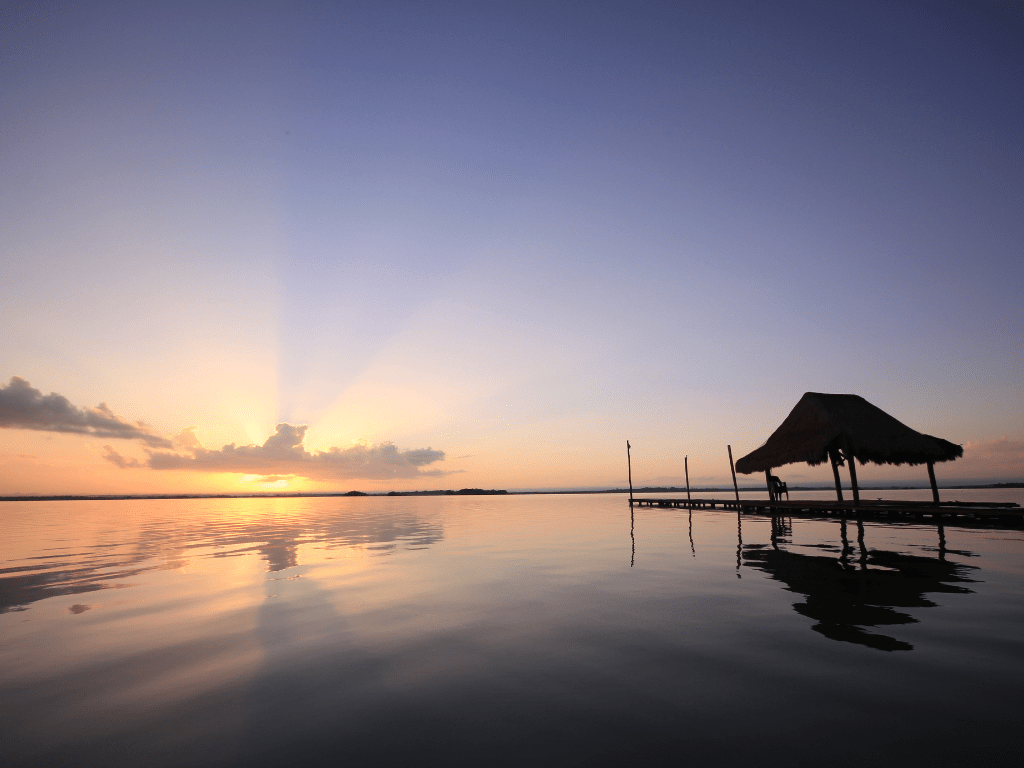
Bacalar Quintana Roo Mexico truly is a hidden gem. Not yet overrun by tourists, it offers a unique blend of history, culture, and natural beauty.
From exploring ancient Mayan ruins to kayaking in the Lagoon of Seven Colors, there is something for everyone in this charming town. The accommodations in Bacalar cater to every budget and preference.
Whether you’re looking for a luxurious resort or a budget-friendly hostel, you’ll find what you need here. And for those seeking an adventurous experience, camping under the stars is a great way to connect with nature.
Overall, Bacalar Quintana Roo Mexico is an ideal destination for travelers looking to escape the crowds and discover something new. With its rich history, stunning natural attractions, and welcoming locals, it’s no wonder why it’s quickly becoming one of Mexico’s top destinations. Make sure to check out other Yucatan vacation destinations.
